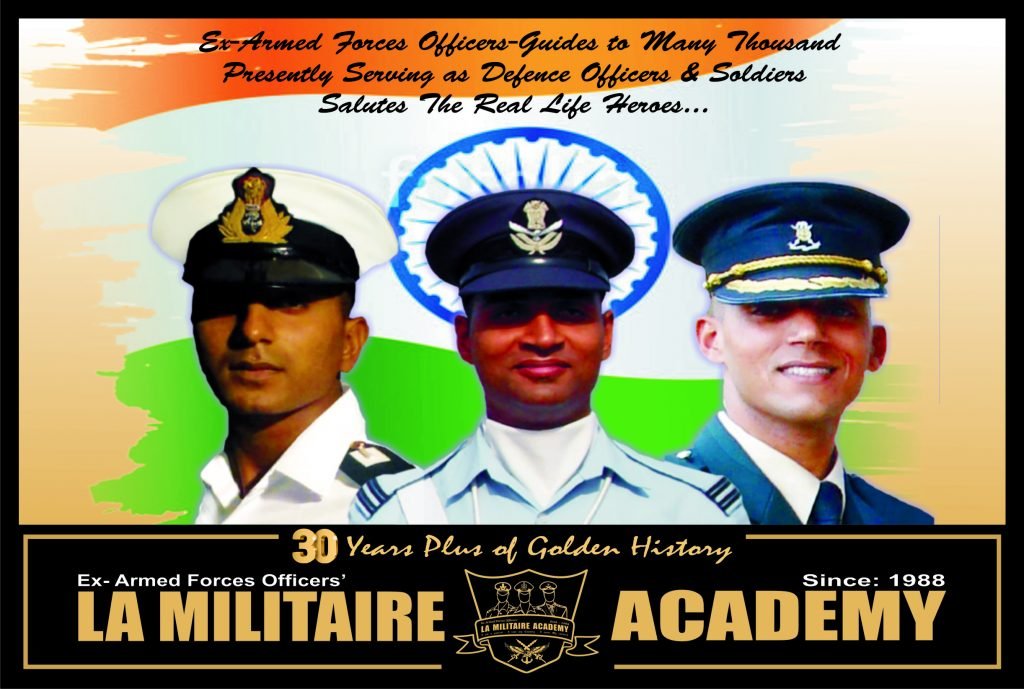The military academy is not just a school; it is a proving ground where the next generation of leaders, soldiers, and strategists are shaped. For those who enter its gates, the journey is more than academic—it’s a transformation of mind, body, and spirit. “Strength and Strategy: The Military Academy Experience” offers a window into the rigorous yet rewarding path cadets follow, blending intense physical training with the intellectual demands of military strategy and leadership.
The Foundation: A Blend of Strength and Intellect
At the heart of the military academy’s mission is the idea that true leadership requires both strength and strategy. Physical fitness is paramount, but so is the ability to think critically, make quick decisions under pressure, and devise effective solutions to complex problems.
Cadets at the academy quickly learn that mental fortitude is just as important as physical endurance. Daily life revolves around a structured schedule that combines demanding physical training with academic instruction. Classes range from military history and international relations to advanced courses in tactics, engineering, and logistics. The goal is not just to create strong soldiers, but to craft capable and strategic leaders who can command in the most challenging environments.
Physical Training: Building Strength and Endurance
Physical training at the academy is intense, designed to push cadets to their limits. Early morning runs, obstacle courses, endurance marches, and tactical exercises are routine. This regimen isn’t just about building muscle or running faster—it’s about learning discipline, resilience, and the ability to keep going when exhaustion sets in.
Teamwork plays a crucial role in physical training. Cadets are often required to work together to overcome obstacles or complete missions, reinforcing the importance of collaboration and trust in military operations. The physical challenges they face mirror the stresses they will encounter in the field, preparing them to operate effectively in high-pressure situations.
The academy’s emphasis on physical fitness is not limited to developing individual strength. It is also about fostering leadership through example. Cadets learn that as leaders, they must not only be physically capable but also inspire those they command to maintain high standards of fitness and discipline.
Academic Rigor: The Strategy of Leadership
While physical prowess is essential, the military academy experience places equal importance on intellectual development. Cadets are taught to think like strategists—analyzing historical battles, studying military tactics, and exploring geopolitical dynamics. From day one, they are immersed in a curriculum that challenges them to approach problems methodically and think several steps ahead.
Military history is a key component of the academy’s education. By studying famous conflicts and battles, cadets gain insight into the principles of warfare, learning valuable lessons about leadership, strategy, and the consequences of tactical decisions. The emphasis on history isn’t just about memorizing dates and outcomes; it’s about understanding the reasons behind success or failure in battle.
In addition to history, cadets study modern military strategy and the latest advancements in technology. In a world where warfare is increasingly influenced by technology, understanding cyber defense, unmanned aerial systems, and advanced communications is crucial. These courses prepare cadets for the evolving nature of military operations and give them the tools to adapt to future challenges.
The classroom experience is designed to hone decision-making skills, often through simulations, war games, and leadership exercises. In these scenarios, cadets are placed in leadership roles where they must develop strategies, lead teams, and make critical decisions, often with limited information. These exercises mirror the realities of military command, where leaders must think strategically and react swiftly.
Leadership Development: The Core of the Experience
The military academy isn’t just focused on training soldiers; it’s about shaping leaders. Every aspect of the academy experience is designed to foster leadership skills, from the physical challenges to the academic rigors. Leadership is developed not just through coursework, but through real-world responsibilities and the unique chain of command within the cadet corps.
Cadets are given leadership roles early in their training. As they progress, they are placed in charge of their peers, responsible for leading teams through drills, exercises, and even daily routines. These experiences teach cadets how to motivate others, manage resources, and make decisions under pressure.
Perhaps one of the most valuable lessons cadets learn is that leadership is about service. The academy instills a strong sense of duty and responsibility to others. Cadets learn that being a leader is not about giving orders—it’s about earning respect, setting an example, and taking care of the people under their command.
The academy’s honor code is central to its leadership philosophy. Cadets are expected to uphold the highest standards of integrity, honesty, and accountability. This code fosters a culture of trust and respect, which is essential in military leadership, where lives often depend on the decisions made by commanders.
The Challenges: Overcoming Adversity
The path through the military academy is not without its challenges. Cadets face physical exhaustion, mental stress, and emotional strain. The academy is designed to be difficult, pushing cadets beyond their limits to reveal their true potential. This process helps cadets discover their strengths, but it also teaches them how to deal with failure and setbacks.
Failures are inevitable, whether in a tactical exercise, an academic exam, or a leadership challenge. The academy views these moments as critical learning experiences. Cadets are taught to analyze their mistakes, learn from them, and adapt. Resilience and adaptability are core values that cadets take with them into their military careers.
The Graduation: A New Breed of Leaders
Graduation from the military academy is a momentous occasion. After years of grueling training and education, cadets stand tall as newly commissioned officers, ready to serve their country. The graduation ceremony is more than just a celebration—it’s a passage into a lifetime of service and leadership.
Each cadet leaves the academy with more than just a diploma. They leave with the knowledge that they are part of a long tradition of military excellence. The strength and strategy they have developed during their time at the academy will guide them as they take on the challenges of military service, whether in peace or in conflict.



